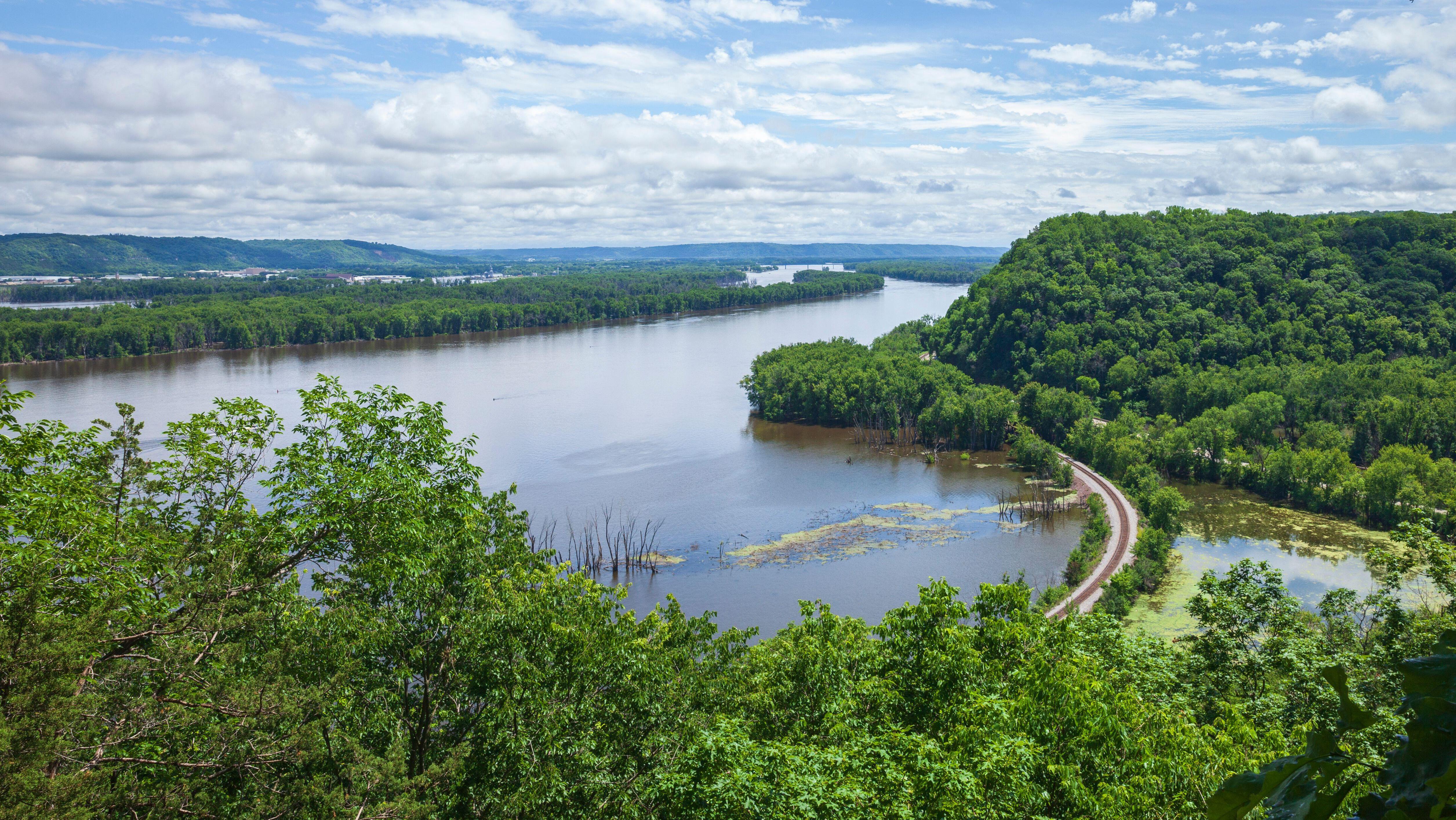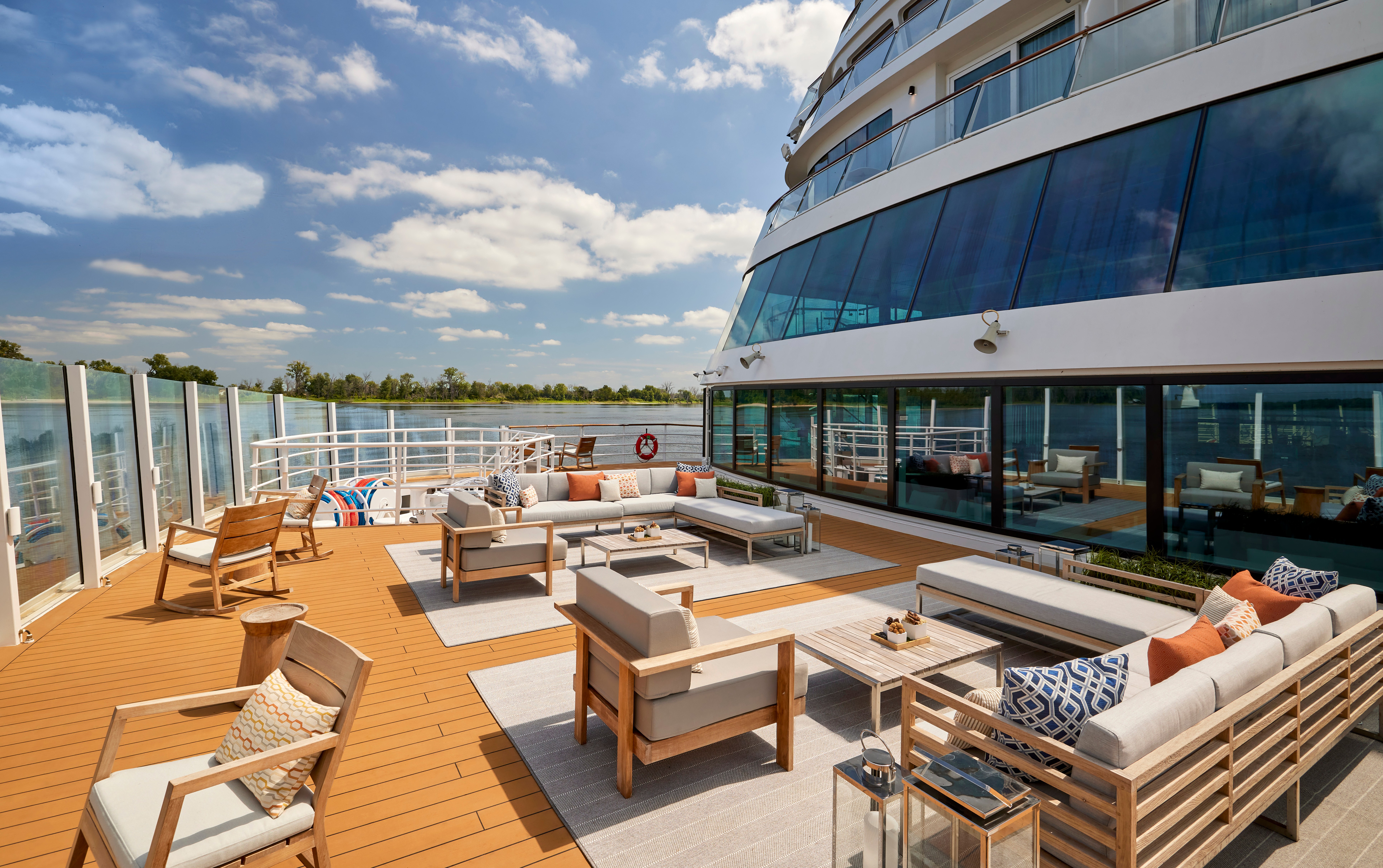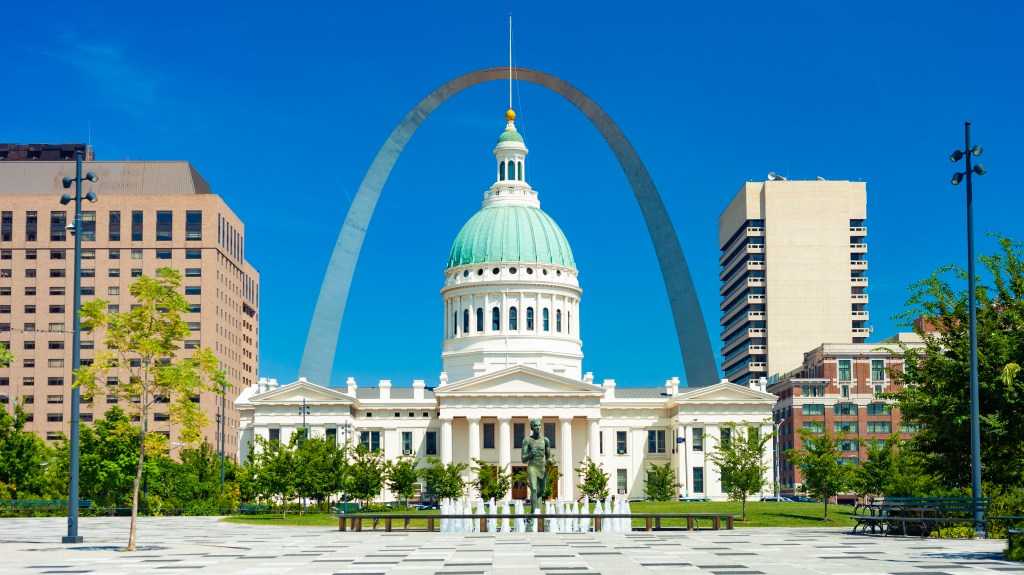Explore the Heartland: A River Journey through the US Midwest
Charming Main Streets, expansive megafarms, and quaint family-run homesteads await explorers in the US Midwest. Picture picturesque red barns, white picket fences, and sprawling cornfields filled with the essence of Americana—stars, stripes, and cultural touchstones like Peanuts and Mark Twain. My journey along the Upper Mississippi—from St. Louis, Missouri, to Minneapolis and St. Paul, Minnesota—follows a narrative that is uniquely American, capturing the essence of this storied river.
The Mississippi may not be the longest river in the US (the Missouri holds that title), but its 2,350-mile stretch is teeming with historical significance and captivating landscapes. On the eve of my sailing adventure, I visited the St. Louis Art Museum, where I indulged in an array of Van Gogh masterpieces, Renoirs, and Renaissance art—all free of charge due to the benevolence of benefactors from the 1904 World’s Fair who insisted on no entry fees.
As I exited the museum at dusk, I casually inquired about safety in the park. A staff member assured me it was safe to stroll, and indeed, as I navigated through the park—passing by families picnicking and couples taking wedding photos—I was struck by the peaceful ambiance reminiscent of a village.

Forest Park, larger than Central Park, is flanked by charming residences showcasing late 19th-century architecture. After facing a challenging few decades, St. Louis has become an appealing destination for families, with businesses relocating and downtown revitalizing with trendy restaurants and boutique hotels.
Known as the Gateway City, St. Louis symbolizes a point of embarkation, yet it also reflects the Midwest’s rich tapestry of culture and history. My cruise, aptly named Heartland of America, reveals the Upper Mississippi as a vital region—a breadbasket of the nation intertwined with literary legacies.
Our first stop, Hannibal, serves as a tribute to Mark Twain, with attractions like Becky Thatcher’s Diner and Finn’s Foods. The celebrated author of The Adventures of Tom Sawyer grew up here, and I visited his childhood home, which immerses visitors in the nostalgia of his literary works. Twain once wrote about the multitude of features along the river—each bend offering new surprises and delights for families.

The Viking Mississippi ship redefines river cruising with its modern design and spacious accommodations, featuring 193 cabins equipped with private balconies. Even in late August’s warm temperatures, the cabin’s air conditioning provides a comfortable retreat.
Onboard dining offers variety, with casual outdoor seating at the River Café and a quieter, upscale experience at the Restaurant. The evening entertainment includes insights into St. Louis’s musical heritage and culinary highlights, showcasing local dishes alongside regional fish and meats.
At Hinterland, a family farm founded in 1978, Ralph Krogmeier shared the realities of modern farming, noting the shift from thirty small farms in the area to just two today. By producing award-winning cheese and ice cream, Hinterland has thrived in a changing landscape where land prices have soared.
Passengers included New Zealand dairy farmers keenly observing local agricultural practices, finding humor in their excursion as a productive trip blended with leisure.

On the voyage, we saw traditional American scenery, from railroad tracks echoing train whistles to the majestic sight of bald eagles. Evening brought tranquil moments where cicadas could be heard amidst densely wooded banks and elegant riverfront homes.
The onboard swimming pool proved to be a great spot to overhear fascinating conversations, from discussions on historical civics education to anecdotes about wildlife encounters.
Our stop at the John Deere Pavilion in Moline, Illinois, highlights the pride of agricultural heritage, showcasing the history of the John Deere company through its illustrious machines and company legacy during tough times like the Great Depression.
A short bus ride from Dubuque brings us to Taliesin, Frank Lloyd Wright’s famed estate, which serves as both a home and architectural school. With abundant gardens and impressive orchards, the property reflects Wright’s design philosophy and connection to the land.

The crew tirelessly navigates the shifting waters of the Mississippi, adjusting their course to navigate the river’s changing conditions. My fellow travelers and I find camaraderie in the rocking chairs at the stern, enjoying drinks and the spectacle of locks as we wave to the operators.
Waving becomes a frequent gesture along the Upper Mississippi; from jubilant boaters to friendly lock-keepers, every encounter is met with a cheery wave. As our journey unfolded, we arrived in La Crosse, Wisconsin, just before a major political rally, but onboard the ship, the atmosphere remained lighthearted, with conversations and laughter as we savored the grand beauty of the river.




Post Comment